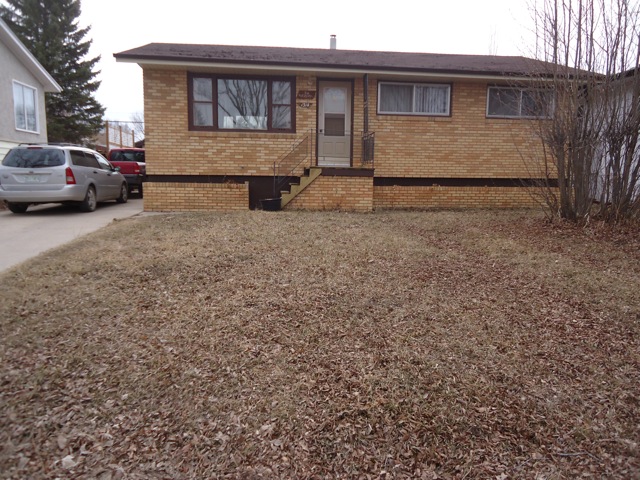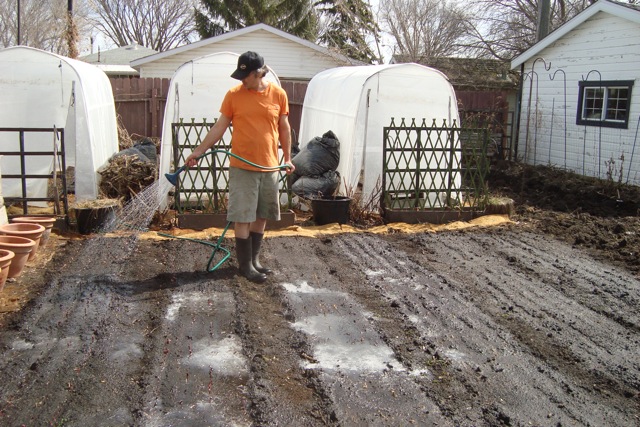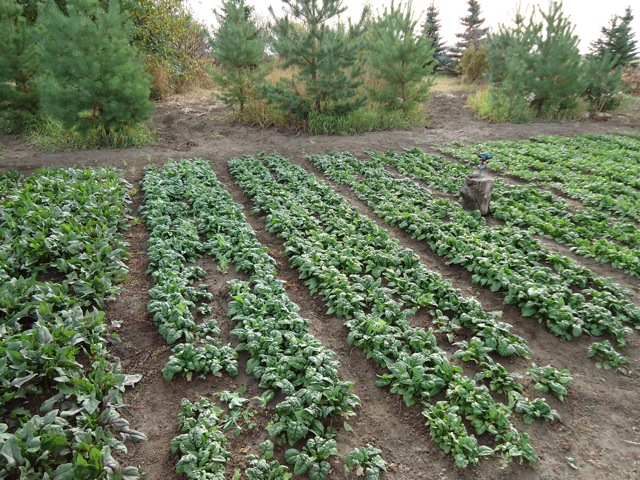Courtesy of Roxanne C., Philadelphia, PA
Cutting out the middleman so SPIN farmers put more money in their own pockets was the business model we all started with 10+ years ago. Now, due to the rise of a new food culture, a growing number of grocery shoppers – those don’t have the time to shop farmers markets, don’t want to commit to a CSA, and don’t need to get up close and personal with a farmer – are deciding that eating healthy is worth it, and worth the higher price.
This willingness to pay the real cost of fresh local food is starting to percolate through the supply chain. New-style online grocery delivery services, as well as old-line supermarkets and distributors, are now both vying to serve this new enlightened consumer. But the logistics and economics of large scale food distribution are much the same as they ever were: to maximize efficiency and profitability, buy as much from as few as possible. This was what drove down the cost of food when consumers wanted food cheap, and gave us the supply chain we’re trying to re-engineer.
Now that more consumers want local, and are willing to pay a bit more for it, large scale food distributors are investing in new systems to accommodate the demand. They are open to considering new suppliers, so SPIN farmers now have the opportunity to think bigger. You,too, will need to re-examine how you operate and calculate the tradeoffs between classic SPIN, based on widely diversified production, direct marketing and
premium pricing; and scaled up SPIN that requires specialized production, reliance on a middleman to sell crops, and wholesale pricing.
For one to be right, the other does not have to be wrong, and SPIN farmers can even do both at the same time. You can continue SPIN’s diversified production and direct marketing on part of their farm, while scaling up on one or just a few crops on a larger area of their farm. The mix of diversification, specialization, scale and business models can change over time, to fit you, your circumstances and markets.
Eliminating barriers has always been SPIN’s stock in trade, including mental ones. While small may be beautiful, and a direct connection between farmer and consumer can be fulfilling for both, there is a new opportunity for those who are ready to expand their thinking beyond the CSA and farmers market. Which SPIN model makes sense for you? Classic or Scaled up? Both? The option is yours.

Local limits volume and introduces inefficiencies but the cost can be passed on to the consumer. Small is beautiful when it’s profitable. Scaling up can be beautiful too, if you can do it without killing yourself. That means figuring out different workflow, logistics and economics.
FIND OUT HOW THOSE WHO PIONEERED SPIN-FARMING ARE NOW TAKING IT TO NEW LEVELS IN THE SPIN ONLINE SUPPORT GROUP. FREE TRIAL MEMBERSHIP WHEN YOU PURCHASE ANY SPIN GUIDE.










